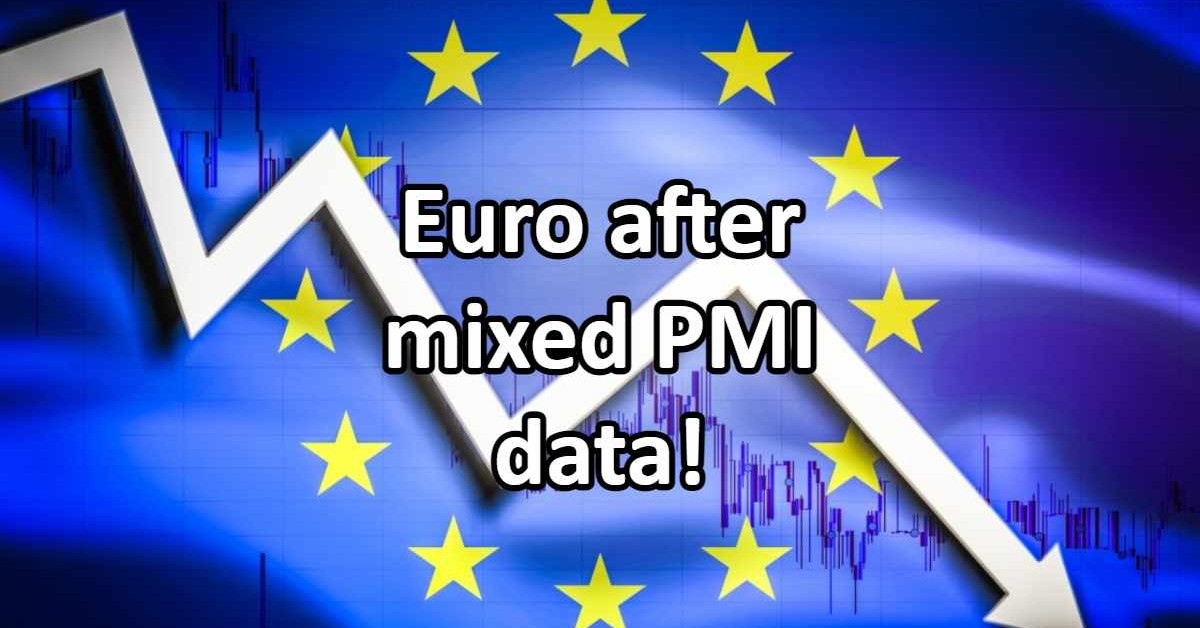While the Manufacturing sector still suffers, the service sector growth is strong. According to the data published on Friday, S&P Global's flash rose to 54.1 from 52.0 in February, clearly above the 50 levels, indicating growth and challenging the analysts' expectations for slower growth. The service sector is fine, but the Manufacturing sector can still increase the worries for the following months as it may mess up the supply and demand balance.
Another worrying point was the new orders that continued to contract, pointing to possible weaknesses ahead. In the Manufacturing sector, purchasing managers index fell to 47.1 in March from 48.5 in February. The Services PMI, on the other hand, rose to a nine-month high of 55.6. Germany and France, the region's two biggest economies, performed best among the European countries.
Two new factors must be carefully studied for the Eurozone economy to include their effects in the analysis—nationwide protests in France and Germany on the one hand and banking fears on the other hand.
People are protesting in France against President Emmanuel Macron's plans to raise the national retirement age, and in Germany, we have a nationwide transport strike for Monday.
In addition, banking fears are getting more serious now in Europe. While the US Fed reported $60 billion in loans under its FIMA repo facility, which makes dollars available to overseas central banks in emergencies, which by itself increases the doubts among investors, UBS stock slumped on Friday after Bloomberg reported that both it and its new acquisition (Credit Suisse) are under investigation in the US on suspicion of having helped Russian oligarchs get around western sanctions. After this news and reports, European banks' shares fell sharply. Deutsche Bank's share price fell 12% to a five-month low, while its credit default swap spreads widened sharply without any obvious trigger.
With these updates, recently published data may lose their effects. Now market participants will mostly wait for the final readings due on April 1st and may be vulnerable to some downward revision.
In response, Euro weakened against its crosses, especially against the US dollar. The EURUSD chart returned to a downward move in the short term. In bigger timeframes, RSI and OBV can not confirm the strength of the downward trend.


















